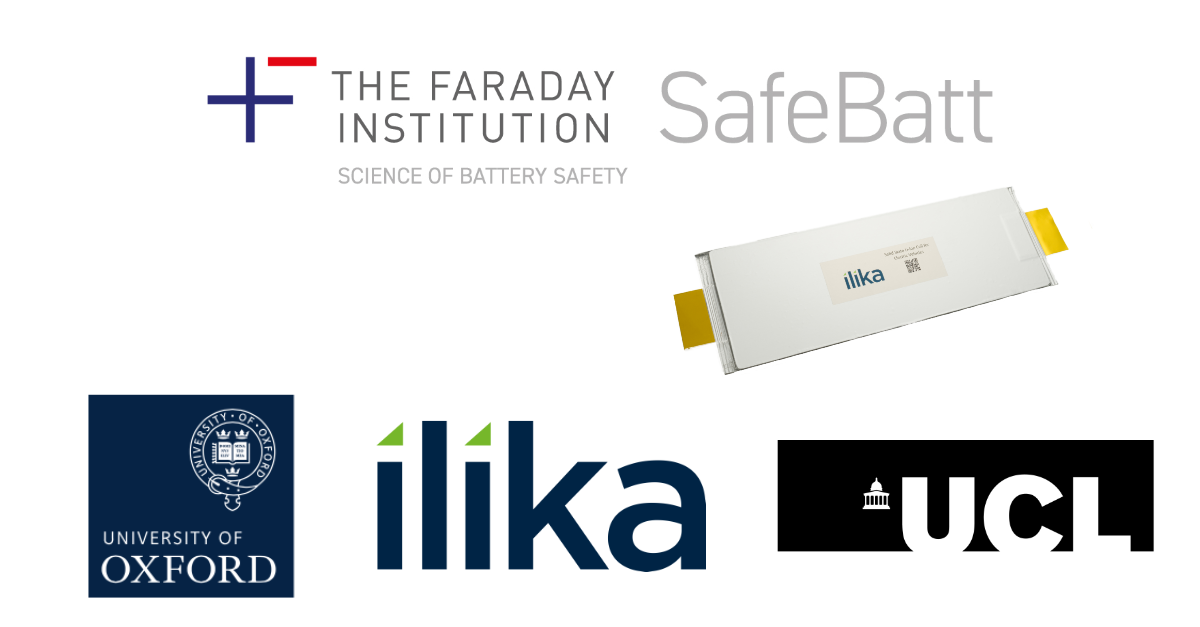Validating the Safety Performance of Ilika’s Solid State Batteries
Posted on: in News
As we head towards NetZero, solid state batteries are expected to provide a safer battery solution for next-generation electric vehicles. It is expected that a combination of higher safety performance and high energy density may reduce the complexity of battery packs through a reduction in parasitic safety packaging, leading to lighter vehicles and longer driving range. Funded by the Faraday Institution, this new Industrial Sprint will validate the safety performance of Ilika’s “Goliath” solid state batteries for electric vehicles. This Sprint, part of the larger grant-funded program SafeBatt, is led by the University College London and the University of Oxford who will perform the abuse and safety testing of Ilika’s Goliath cells.

Whilst the removal of flammable liquid electrolytes overcomes a major issue in the safe deployment of high-energy batteries, this Sprint will improve the quantified knowledge of solid state cell safety, and provide a better understanding of the alignment of solid state technology testing with legacy standards and certification protocols. This sprint programme will establish thought leadership in safety protocols for solid state batteries and will undertake physical safety testing on Ilika’s Goliath prototype cells with increasing capacity over the programme, to inform industrial design and deployment.
The core SafeBatt project is a grant-funded programme looking at the underlying causes of cell failure and the safety of batteries. The SafeBatt program is making expertise and equipment available to UK battery manufacturers like Ilika who want to validate the safety of their products, in the form of Sprints, which are short, government-funded collaborative programmes.
The kick-off meeting for this Sprint has already taken place with the project ending in February 2025. At the end of the project, Ilika will have greater understanding about the failure modes of the Goliath battery and quantified understanding of its safety and abuse performance versus conventional lithium-ion battery cells.

